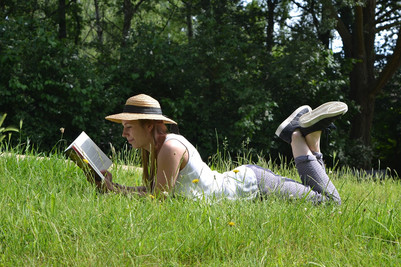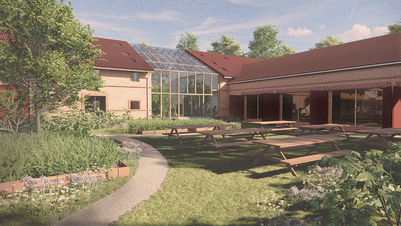
Article Abstract | Kirsten Marie Raahauge

SOMETHING OLD, SOMETHING NEW AND SOMETHING ELSE IN TØNDER.
The absent position is present by implication. Donald Judd (1992)
After IIWW, Tønder was nicknamed the city of institutions. This has changed. Many of the welfare institutions of Tønder have been transferred to larger cities, and those that remained have for the larger part become diminished. This leaves the city of Tønder in a new situation. This article explores Tønder as a post-institution city, focusing on the implications on everyday life of this situation. The topic will be dealt with as seen from the inhabitants’ point of view, through two perspectives: The city as related to the physical welfare buildings, and the city as related to the distribution of Danish welfare spaces.
Thus, in the first part of the article, Tønder is understood in the context of its regional and national surroundings, as it appears after the reconfiguration of the Danish welfare system. Tønder has become more dependent on larger cities and their welfare amenities, creating a new scenery that forefronts aspects such as connections, infrastructure, balances of center-periphery, travel time and means of transportation. In the second part of the article, the destinies of the physical buildings of some of the major welfare institutions are explored, and the impact on the surrounding city is studied as seen from the inhabitants’ point of view. The welfare buildings have met four types of changes (empty, diminished, shifting and expanding), and it is suggested that these changes have had a huge impact on the city as a whole in many aspects. Through these matters of concern and discussion, the article also focuses on the frictions, challenges and troubles that are implied in conducting fieldwork and in working with the analytical notions and perspectives of the project.
On the basis of ethnographic fieldwork and archival studies, the article deals with one of the many cities where welfare spaces have been moved to larger cities, and where welfare amenities have been diminished or changed over the last decades. Also, it deals with everyday life in a city where the absent welfare spaces are still present, as memories of the past, as imaginaries of the future and as welfare happening in alternative spaces, after many of the welfare institutions of the state have left the city. It deals with the effect of absence.



















